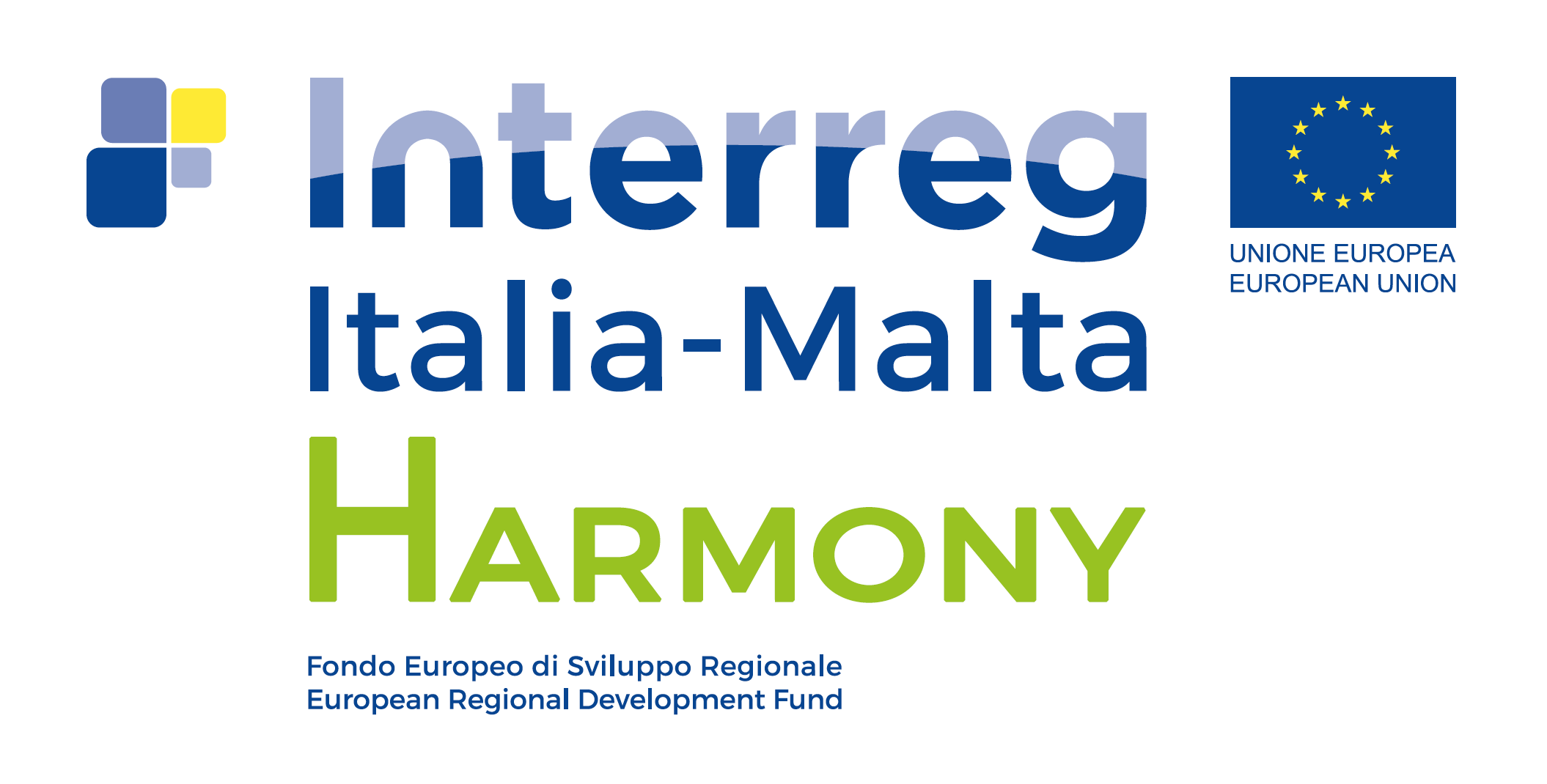Participation in Harmony at the time of Covid-19
A necessary change
The Covid-19 pandemic and social distancing measures have imposed radical changes around the world in the way people live and work. We too, the team working for the Harmony participatory process, like everyone else, had to review our plans to face such a new situation. While we did not stop desk analysis and tech based activities, but we had to stop planning participatory meetings until a date to be set.
To be ready for the contingency
In recent weeks, therefore, we have been working and arranging online meetings to understand how to achieve the objectives of Harmony keeping the original contents and methods of the participatory process. We shared thoughts and ideas to find out a way to promote participation in the time of Covid-19. How to safeguard the core of the project without breaking the need to be socially distant imposed by an unprecedented contingency?
Here we share what we think.
An ecosystemic signal
We can define the Harmony project as an operational tool for the promotion of a common approach to improve knowledge and protection of marine biodiversity. From this point of view, the Covid-19 pandemic simply represents a sort of memo. To remind us how urgent it is to rethink the relationship between Mankind and our Environment and and how serious consequences environmental crisis can bring to the way human societies function. The news we got about skies without smog or waters of Venice cleaned up again, confirm - if needed - the importance of the core themes of Harmony.
Participatory methods can be useful to rethink the Humanity-Nature relationship. In fact, to be effective, this rethinking must be led in a participatory form. And this also applies to achieving specific objectives of Harmony, namely the production of hypotheses on harmonized policy instruments between Italy and Malta in the context of the protection of the integrity of the seabed and the management of non-indigenous species in the Mediterranean.
If we take a closer look, participatory method within Harmony do not fit with the urgency of recognizing the ecosystemic relationship between environmental transformations and the human organizations that contribute to cause them.
Participatory methods are the most suitable for promoting an ecosystemic approach to the definition of environmental protection policies (monitoring plans, MPA management plans, communication strategies, etc ...), based on mutual recognition between the actors involved (institutions, research centers, companies) and on the co-construction of objectives and work objects by politicians, public officials, scientists, economic operators and citizens.
#Harmonydoesnotstop
Upon these considerations, we built a new work plan which keeps untouched the general objectives and the methodology to engage with partners and stakeholders with different tools.
The new architecture will use digital tools to move participation to virtual spaces. We will adopt engagement techniques that - without implying the physical presence of the actors engaged - help to share, validate and capitalize the outputs of the participatory process.
The new strategy, already shared by the partners of the Harmony Consortium and waiting to be submitted to the evaluation of the Interreg VA Italy-Malta Program Management Authority, uses online interactions to compensate for the loss of live contacts and digital applications designed to facilitate remote collaboration.
During a time when human beings can move with greater difficulties, we have proposed tools that effectively circulate images and texts to be shared, discuss and amend through software that can also be accessed, free of charge, via mobile phones.
Furthermore, we have planned the enhancement of digital communication activities.
Very soon, we will send you updates on these developments and in the meantime we invite you to follow our social media accounts including the recently activated Instagram channel.
